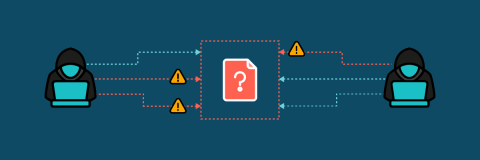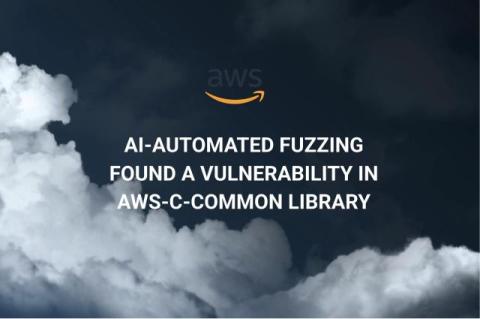Error Message Vulnerabilities: Why You Should Care About Information Exposure
Ever get one of those annoying error messages on your phone that gives way too much detail? You know, the ones that tell you the line of code that failed or the exact database query that crashed the app. As an app user, you may dismiss the message and move on. But did you know those overly verbose error messages could be exposing your personal data?











